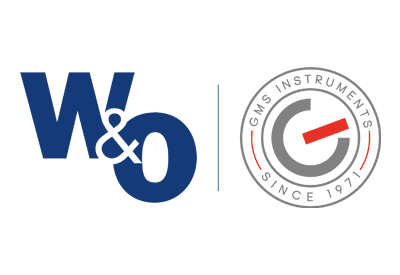
Instrument Valves & Manifolds
Manifolds
Instrument manifolds are a process connection system that provides isolation, venting, and equalization for various pressure measurement applications such as gauges and transmitters. Manifolds are usually made of stainless steel, carbon steel or alloys.
Manifolds are widely used in sectors such as oil & gas, chemicals, wastewater, power, etc.
The number of block and isolate valves depends on the operation of the manifold. There are three types of instrument manifolds: 2-way, 3-way, and 5-way manifolds—all marked with different colours to show the functions.
2-Way Valve Manifolds
The typical 2-way valve manifold baes out of one block valve and one drain or test valve. If you want to test the pressure on the installed pressure transmitter, you have to close the block valve and open the drain/test valve after you’ve closed it. When the drain valve is opened, you need to connect the valve to a pressure generator to test the pressure. 2-valve manifolds are also, for that reason, called block and bleed valves.
3-Way Valve Manifolds
A 3-valve manifold standard configuration is two block valves, and one valve, referred to as the equalizer valve, provides equal pressure on both sides.
Differential pressure transmitters usually make use of 3-way manifolds to operate, making them the most commonly used various configuration. The method of a 3-valve manifold with a differential pressure transmitter is to close the block valve and open the equalizer valve to check the zero of a transmitter.
5-Way Valve Manifolds
Differential pressure transmitters also can make use of a 5-way valve manifold. The design of a 5-way valve manifold is comparable to the 3-way valve manifold in a way that it has two block valves and one equalizer valve. The two valves that make it different to the 3-way valve manifold are the additional vent or test valves.
To start the calibration of a 5-way valve manifold, you have to close the block valve and open the equalizing valve to check the zero of the transmitter. After equalizing the pressure, connect the test valve of the manifold to a pressure generator for 3 or 5-point calibration.
Because of their advanced 5-valve technology, 5-valve manifolds are more popular for differential pressure transmitters than 3-way valve manifolds.
